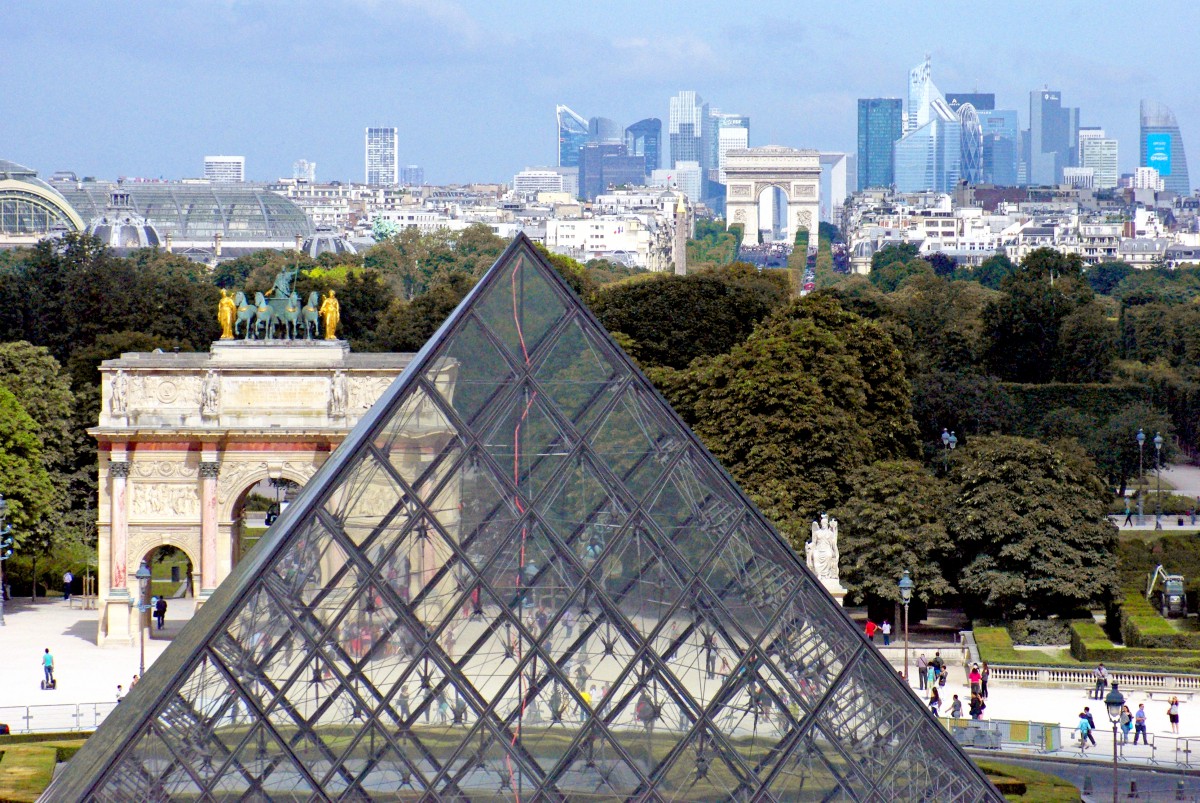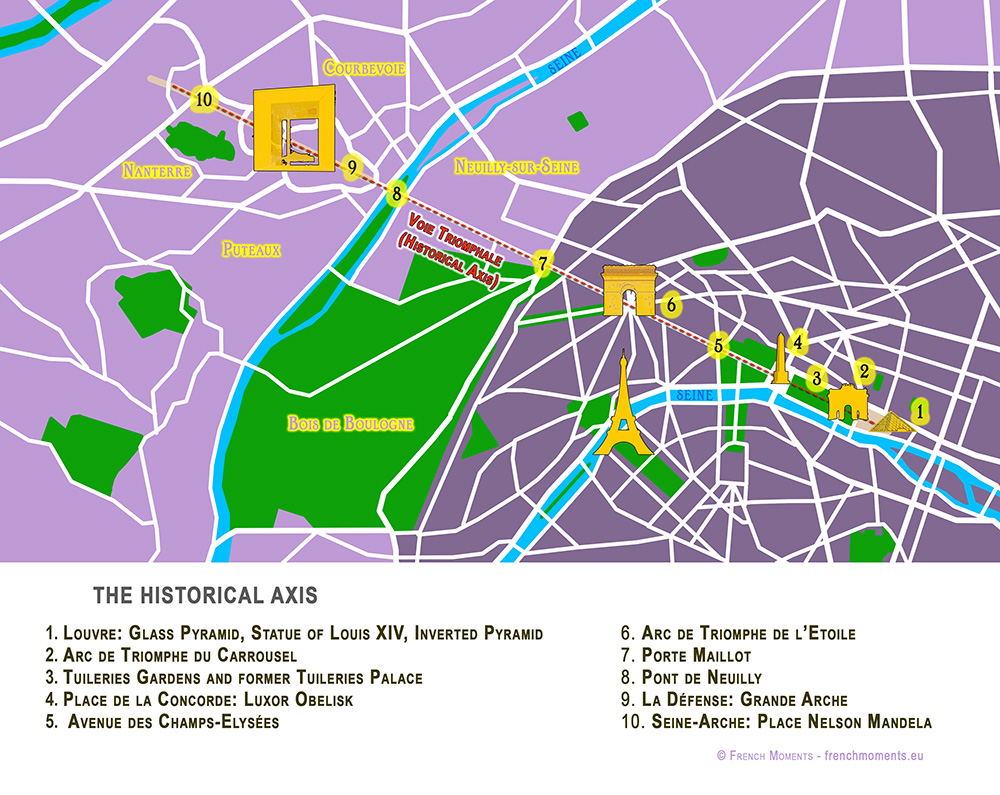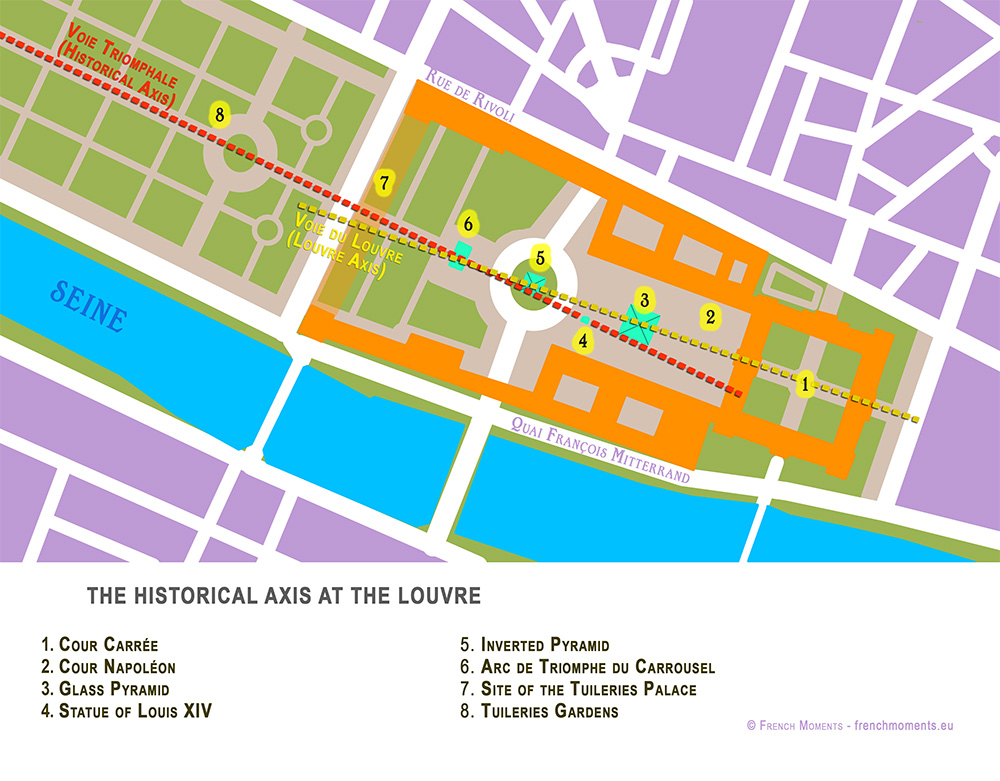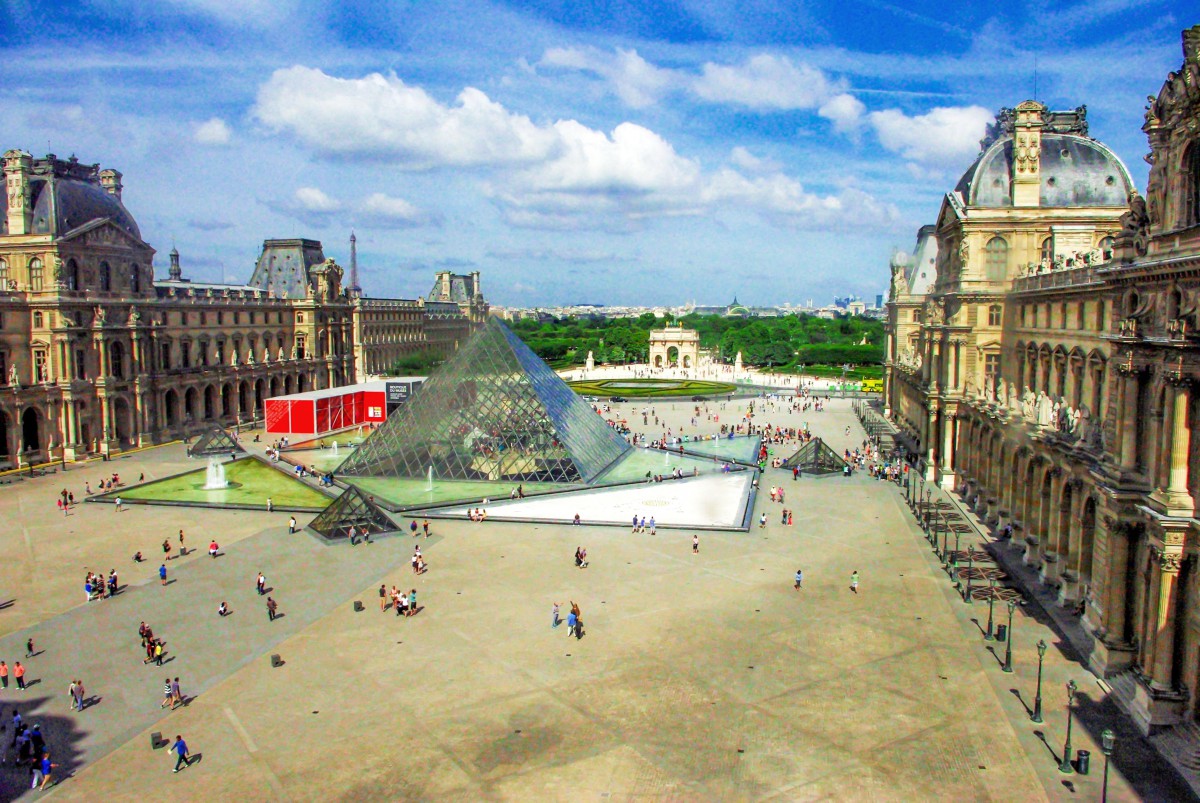It was in 1982 that the French President Francois Mitterrand launched an international competition to design an arch for the Defense area, which would be a modern take on the famous Arc de Triomphe.
The idea was to celebrate the bicentenary of the French Revolution, but not as a monument to military victories, but as a modern monument in Paris that would celebrate humanity and humanitarian ideals.
Out of a total of 424 different projects submitted, it was an unknown Dutch architect by the name of Johann Otto von Spreckelsen that was chosen for his winning design and vision and construction of the Grande Arche started in 1982.
The place chosen for its colossal structure was at the end of the historical axis of Paris, which starts at the Cour Carree of The Louvre museum in Paris, then goes through the Pyramide de Pai, which is the new pyramid at the Louvre. The axis travels on to the Arc du Carrousel, which is another triumphal arch in Paris, then it travels through the Jardin des Tulleries to the Place de la Concorde. This historical axis then continues up the Champs Elysees to the famous Arc de Triomphe, then on to Pont de Neuilly and the historical axis finishes at the Grande Arche.

However, there is also a secondary axis, which incorporates the two highest landmarks in Paris, the first being the famous Eiffel Tower and the second, being the Tour Montparnasse Tower in Paris.
And although the Grande Arche was originally meant to be directly in fine with this historical axis, unfortunately it had to be build 6 degrees off of this angle due to the fact that the required foundations were not possible any other way.
Construction of the Grande Arche in Paris
“a modern Arc de Triomphe, erected to the glory ofthe triumph of humanity; a symbol of hope that in thefuture people may meetfreely”

The construction of the Grande Arche was a truly remarkable technological achievement as it classed as anti-seismic, in other words, resistant to earthquakes and tremors and the arch itself rests on twelve pillars. In addition to this, the horizontal pre-constrained concrete technostructures connecting the two sides of the arch allow the roof platform to be maintained at a height of 110 meters.
The Grande Arche is actually a hollow cube with the width being 108 meters and the depth being 112 meters and incredibly the Notre Dame Cathedral could fit in its empty central space! Anyway, The Grande Arche has a pre stressed concrete frame covered with glass and Carrara marble from Italy and was built by the French civil engineering company Bouygues, with glass lifts on the outside that provide great views when you are going up or down, with a thirty five floor levels of office space with a 19 meters wide, and the total structure weighs in at approximately 300,000 tons.

The North and South sides of the arch are utilized by numerous different enterprises and by the Ecology Ministry and these amount to around 87,000m squared of office space, but in the roof section, which is open to the public, this is home to two museums, severai galleries and exhibitions, along with a restaurant serving refined French cuisine.
The construction of the monument was the “most formidable challenge ever met for the completion of such a building”. The work lasted four years and involved 2,000 workers. In 1987, Von Spreckelsen resigned and French architect Paul Andreu was commissioned with the task to complete the work.
The Grande Arche in Paris was official inaugurated on the bicentenary of the French Revolution on 14th July 1989, which was also the same time as the 15th G7 summit of the seven most industrialized countries in the world. And then the arch was officially opened to the public on 26th August 1989.
The Grande Arche along the Historical Axis
Viewed from the distance, one notices the deviation of the Grande Arche from the Historical Axis, for technical reasons (the network of railway lines and road tunnels underneath it made the project a complex one to complete). However, this allows one to better appreciate its remarkable cubic volume.

The Grande Arche is out of line by 6033 in relation to the Historical Axis, which is exactly the same angle that the square courtyard of the Louvre is to the axis.
Not only does the Grande Arche occupy the place of honour on the
Grande Esplanade, the urban planners also positioned it in such a way that it forms another perspective, with a perfect alignment towards the Eiffel Tower and the Tour Montparnasse, France’s highest buildings today.
The Historical Axis, also known in French as “Axe Historique”, “Voie Triomphale” or “Voie Royale” is orientated on a 260 angle, following the course of the Sun from its rising in the East to its setting in the West. Strangely, this angle of orientation is the same as that of Paris’ NotreDame Cathedral, some 1,000 metres away from the Louvre Palace.

The three arches symbolically placed along the Historical Axis (Arc de Triomphe du Carrousel, Arc de Triomphe and Grande Arche), all share a striking fact: their sizes approximately double at each stage!
Moreover, the distances between the major landmarks along the Historical Axis double each time: Ikm from the Arc de Triomphe du Carrousel to the Luxor Obelisk, 2km from the Obelisk to the Arc de Triomphe, and 4km from the Arc de Triomphe to the Grande Arche.
Ikm
For some, it follows a careful plan transmitted from generation to generation. There could be a Freemasonry scheme behind it, maybe related to a strong Egyptology intrigue. For others, monuments were just added along the time and even though they do represent a symbolic meaning, there was no obscure mystery in their alignment.


















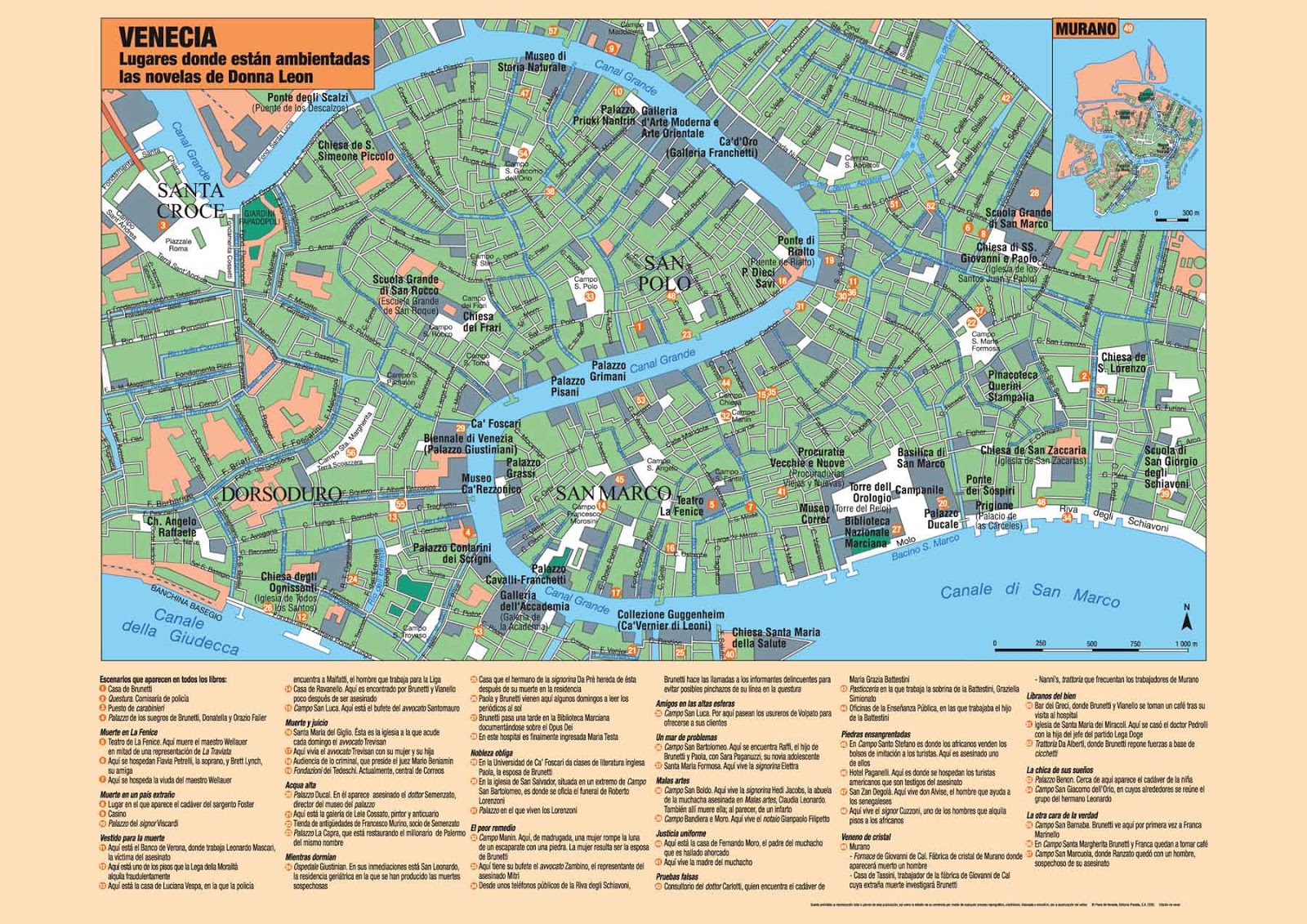


































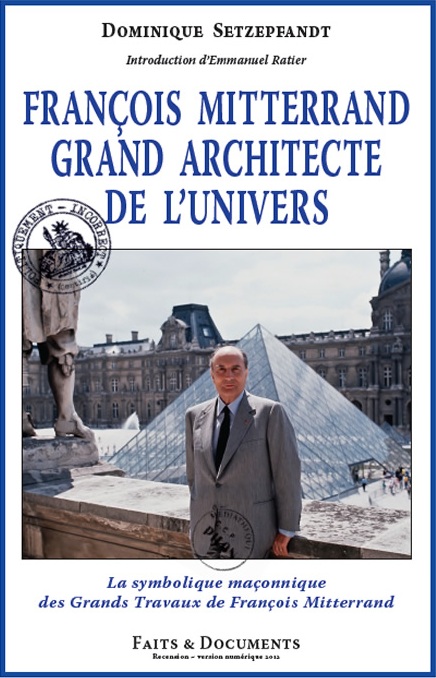


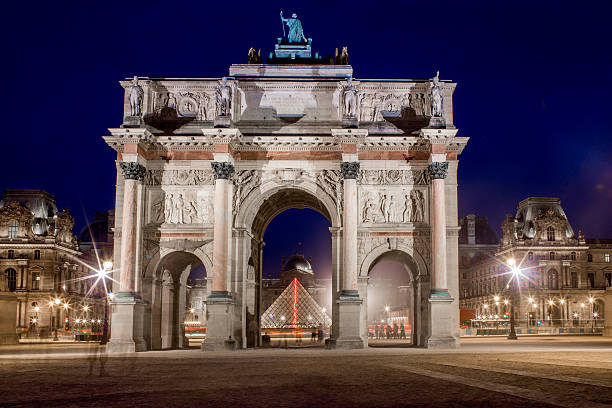

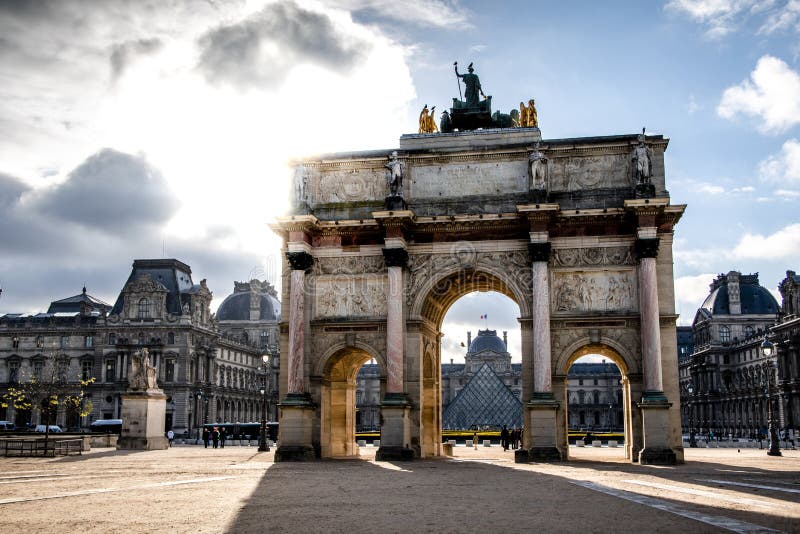


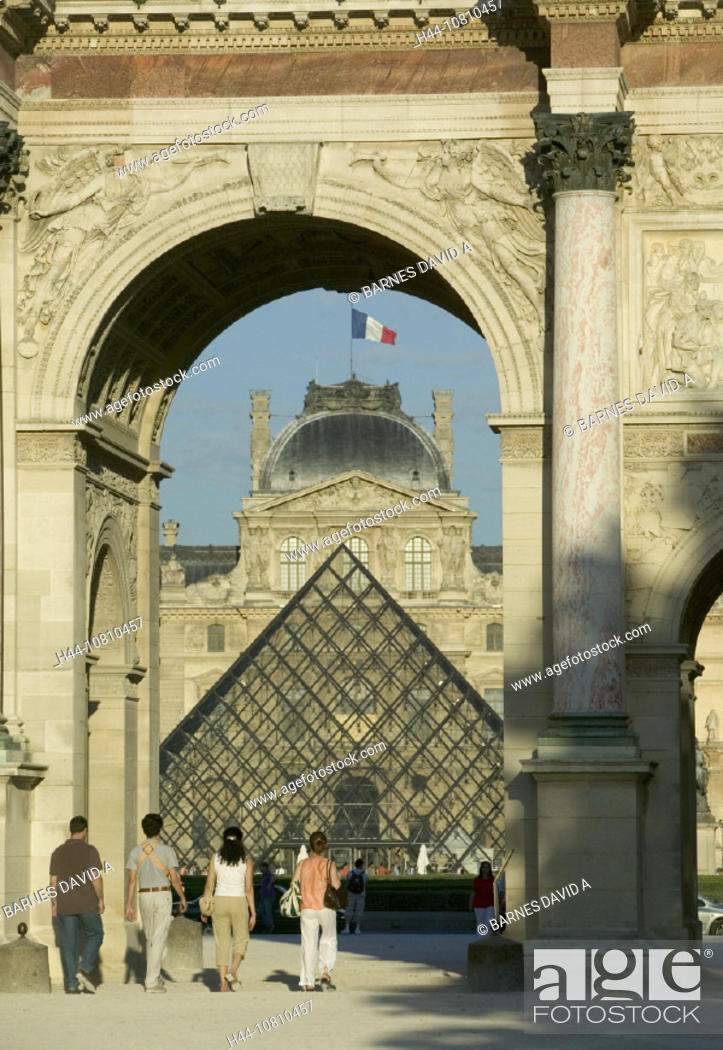
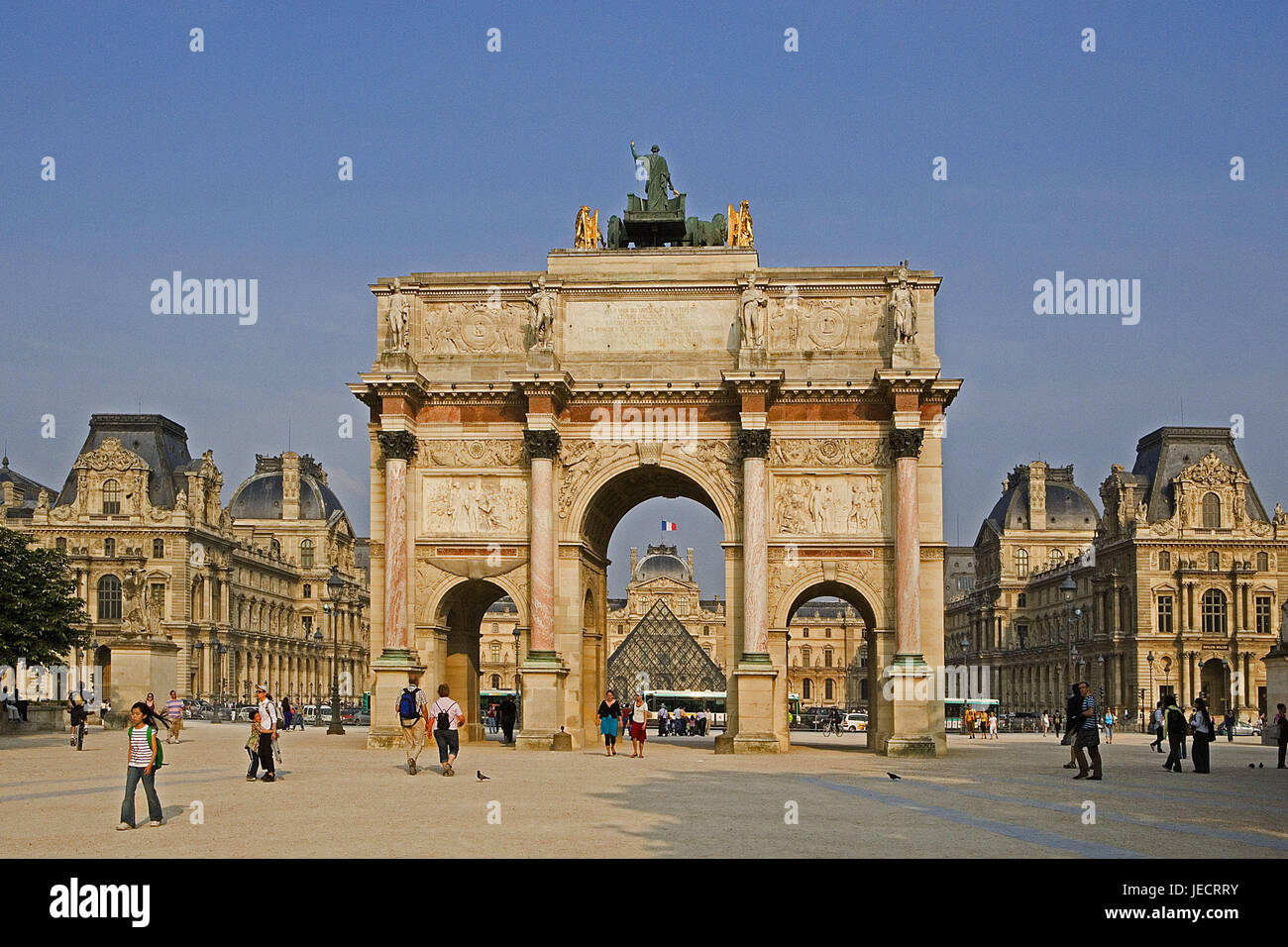
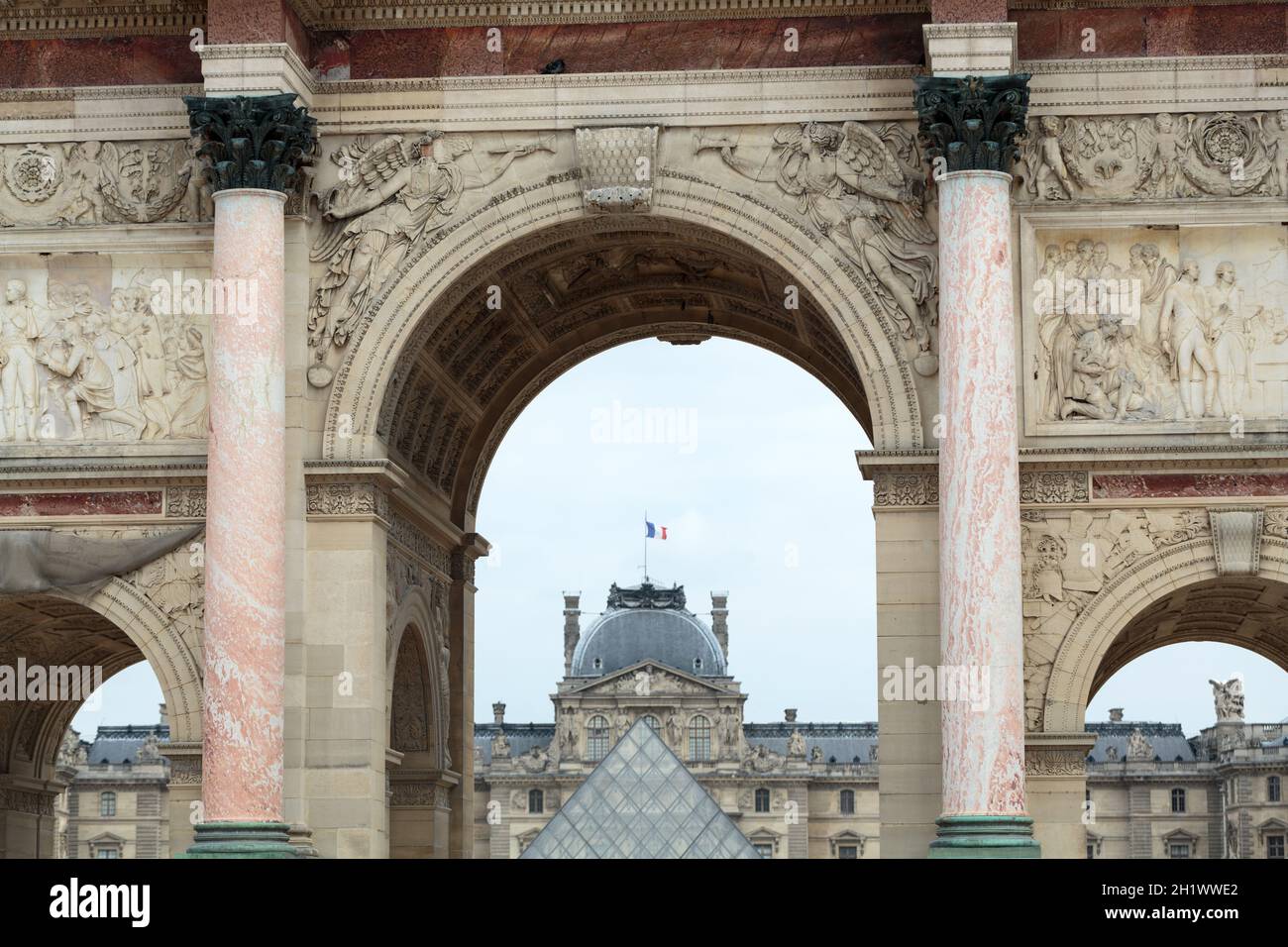
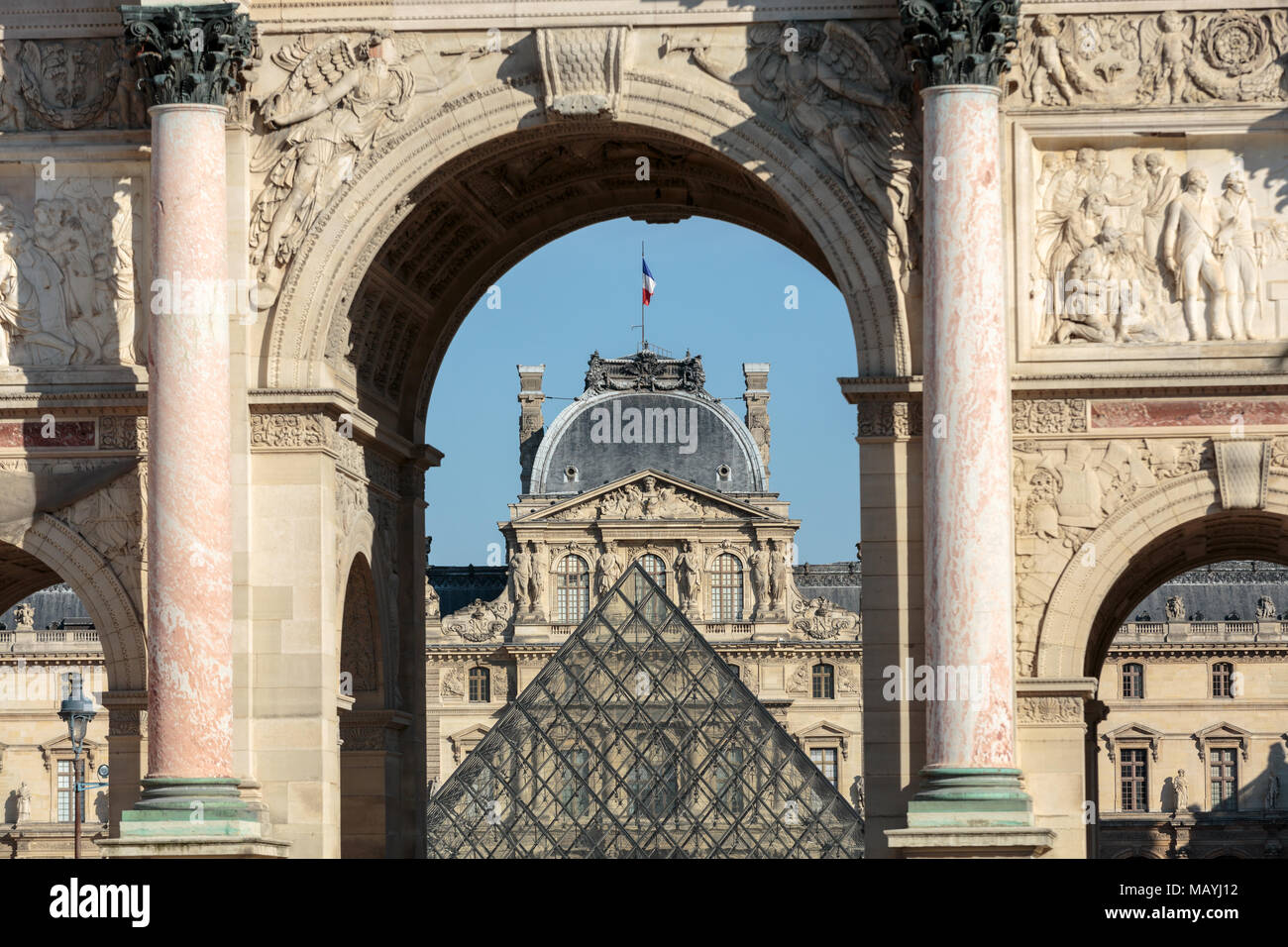

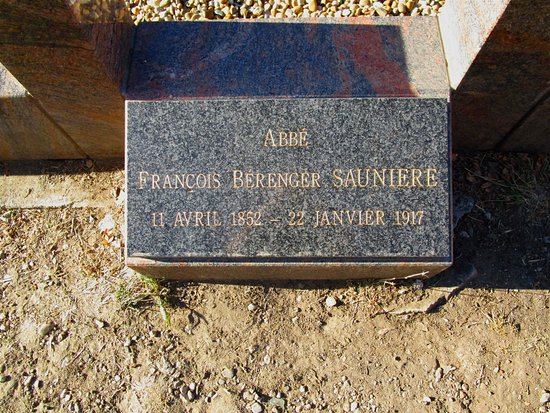
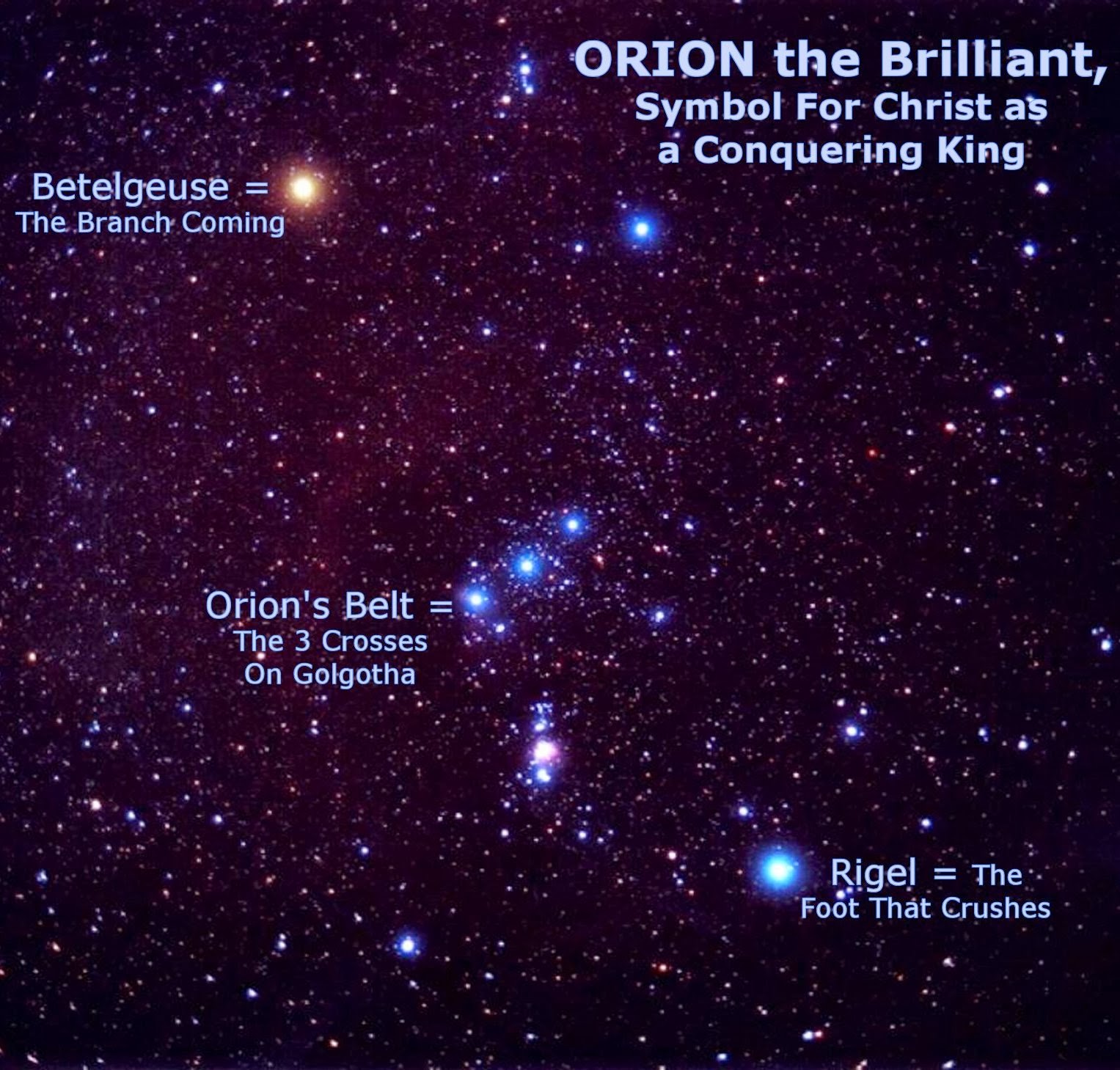





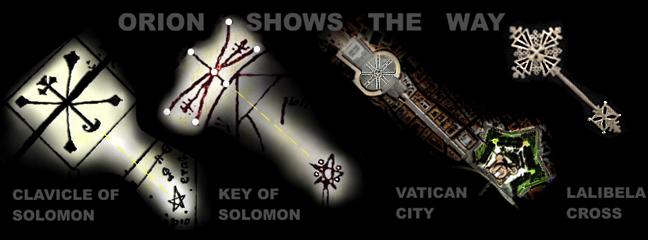







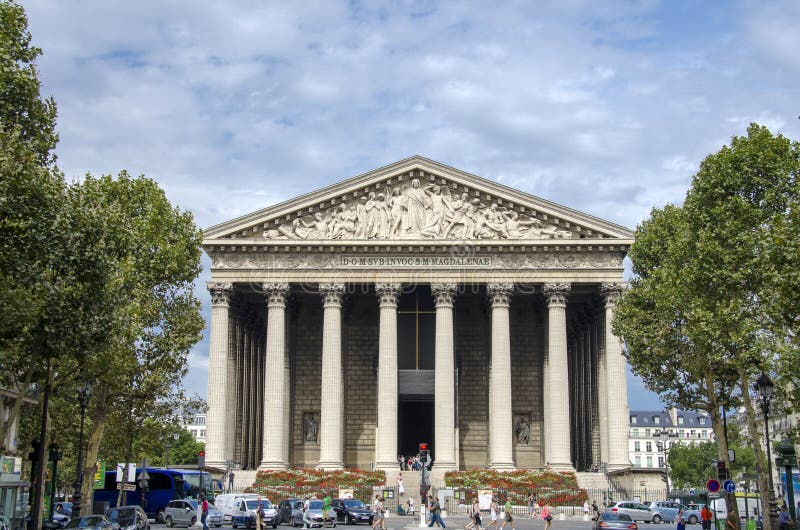
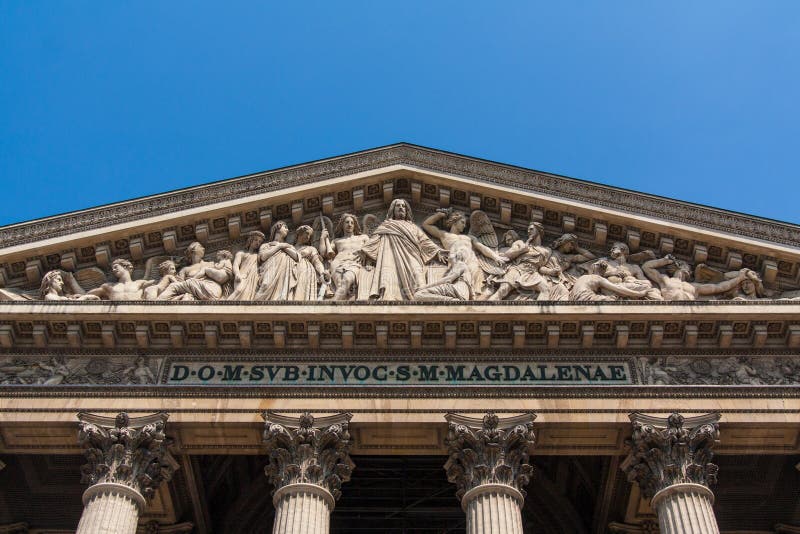

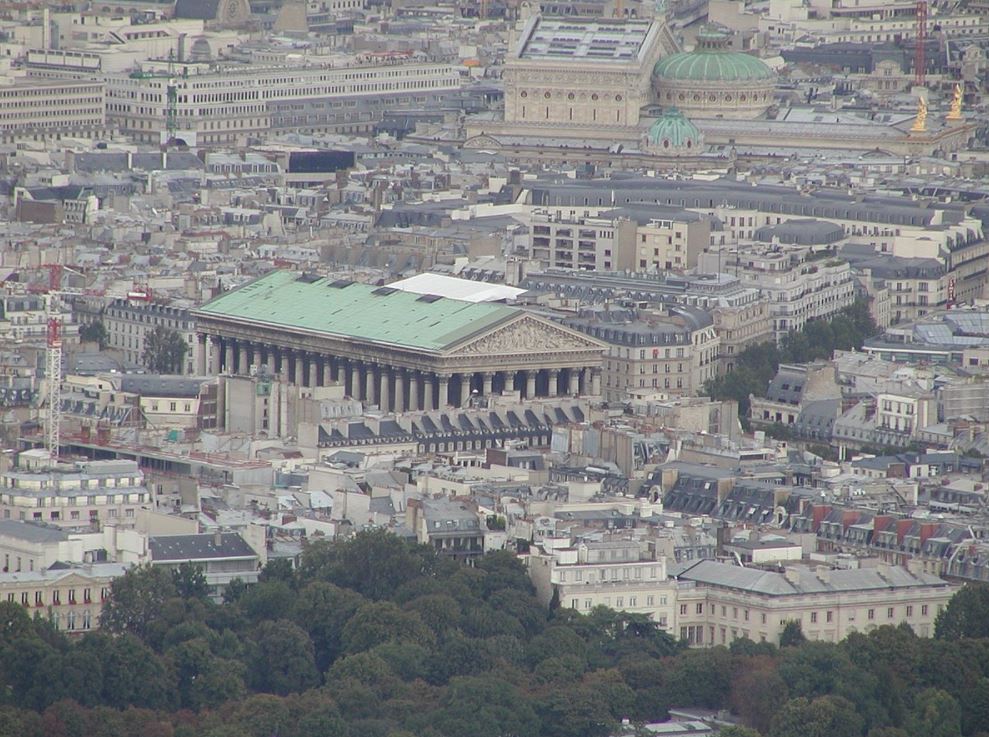






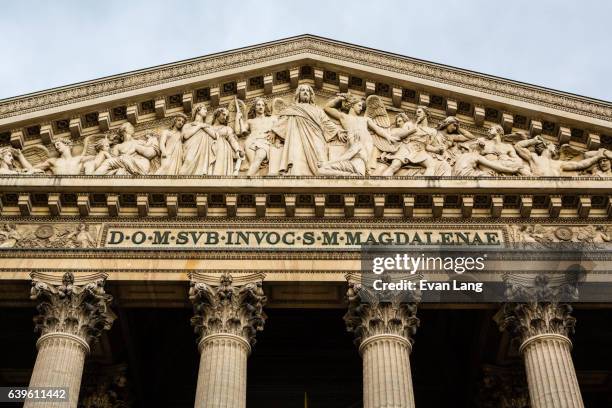








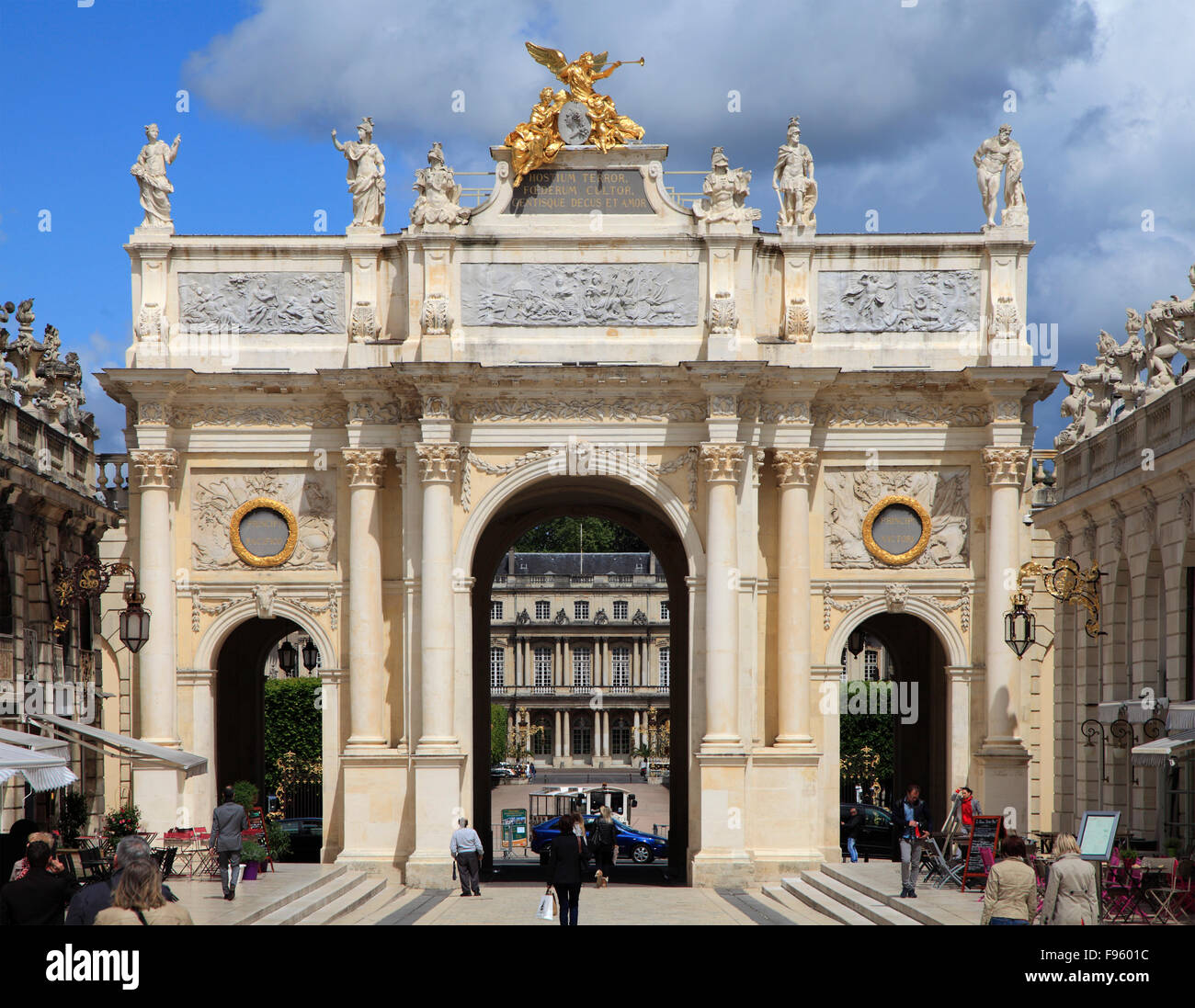
















 Flip
Flip